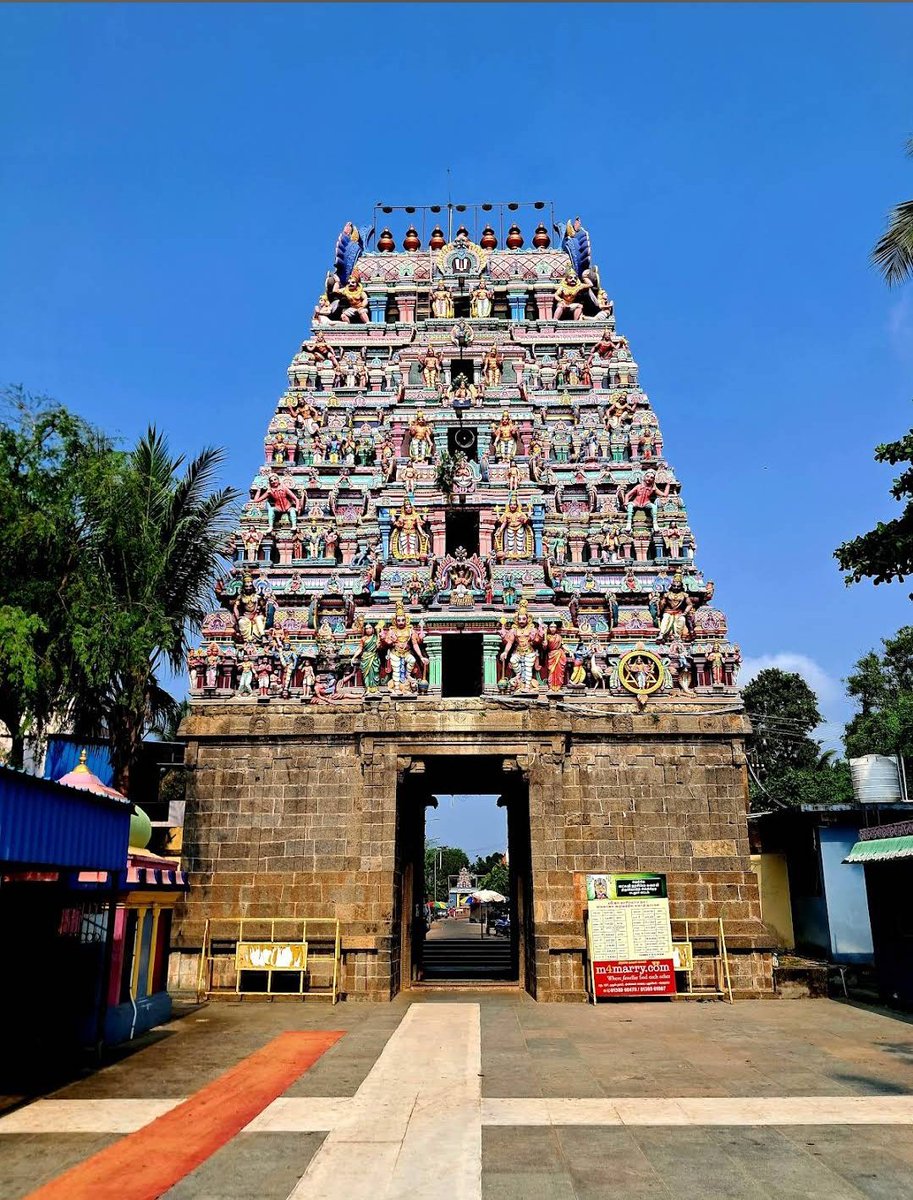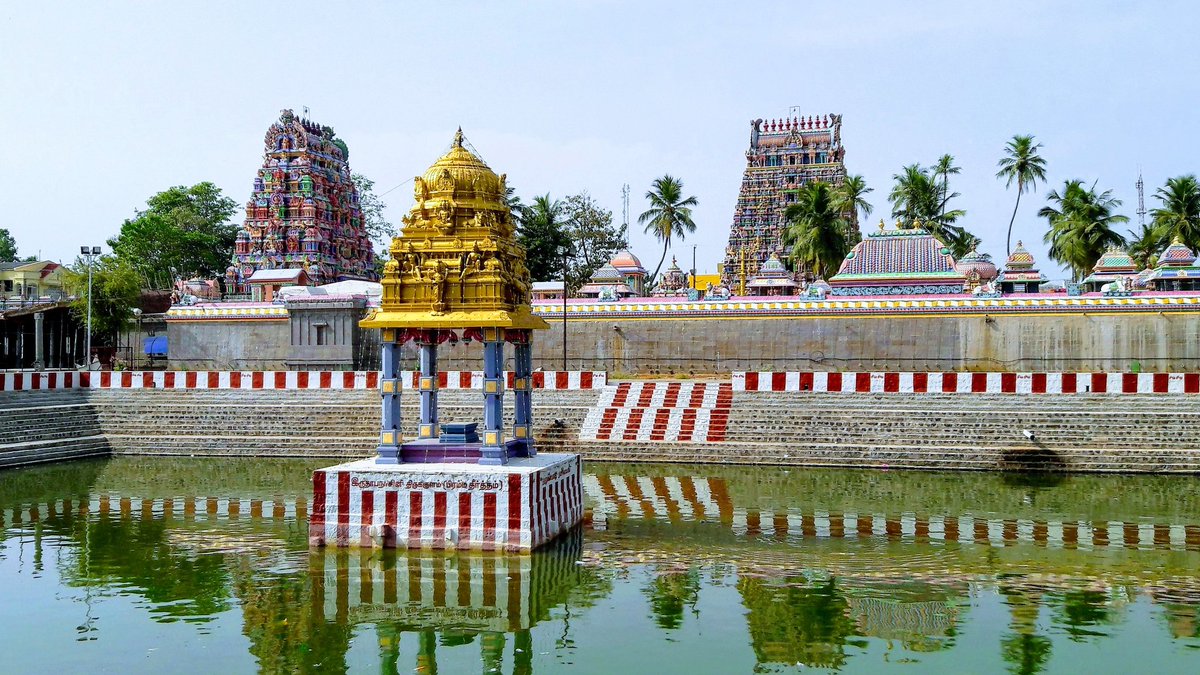Another gem that many people aren't aware of!
Singirikudi Narasimhar temple
This is the temple that Prahlada worshipped Lord Narasimha after visiting Thiruvaheendrapuram
This is also the place where Sage Vasishta was liberated from his curse!
Singirikudi Narasimhar temple
This is the temple that Prahlada worshipped Lord Narasimha after visiting Thiruvaheendrapuram
This is also the place where Sage Vasishta was liberated from his curse!

King Nimi Chakravarthy of the Surya dynasty wanted to perform a yagna and wanted Sage Vasishta to perform it for him. But Vasishta wasn't available on that day and the king invited sage Koushika to perform the yagna.
Sage Vasishta was angered by this.
Sage Vasishta was angered by this.
After the yagna when the King was asleep Vasishta cursed him and said his body and soul will remain seperated henceforth. Nimi Chakravarthy who also had divine powers because of good karma was angered as the Sage had cursed him when he was asleep.
So, the King turned the same curse on Sage Vasishta that seperated body and soul.
The King considered this to be a blessing and didn't want his mortal form anymore and it is said that he sees Lord Narasimha through his devotees even today.
The King considered this to be a blessing and didn't want his mortal form anymore and it is said that he sees Lord Narasimha through his devotees even today.
But Sage Vasishta approached lord Brahma to have his curse reversed and was advised to undertake severe penance at Singirikudi and invoke Lord Narasimha.
Lord Narasimha along with goddess Lakshmi gave darshan to Sage Vasishta and relieved him of his curse.
Lord Narasimha along with goddess Lakshmi gave darshan to Sage Vasishta and relieved him of his curse.

Singirikudi is also a part of the Chathurnarasimha Kshethram. The other three being
1. Parrikal
2. Poovarasan Kuppam
3. Anthili
It is considered auspicious to visit all 4 Narasimha temples in the same day!
Will write about the other 3 soon!
1. Parrikal
2. Poovarasan Kuppam
3. Anthili
It is considered auspicious to visit all 4 Narasimha temples in the same day!
Will write about the other 3 soon!
• • •
Missing some Tweet in this thread? You can try to
force a refresh









